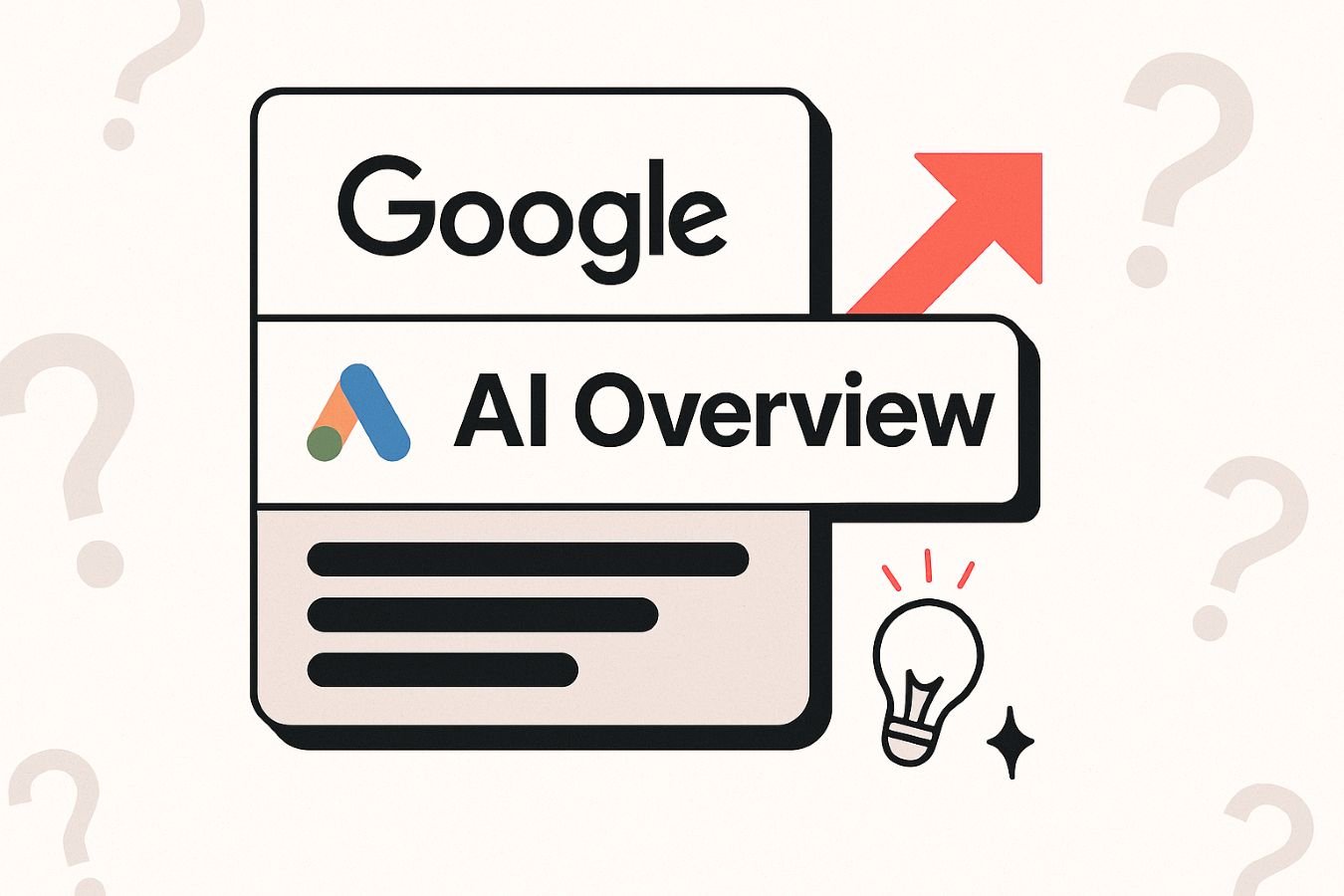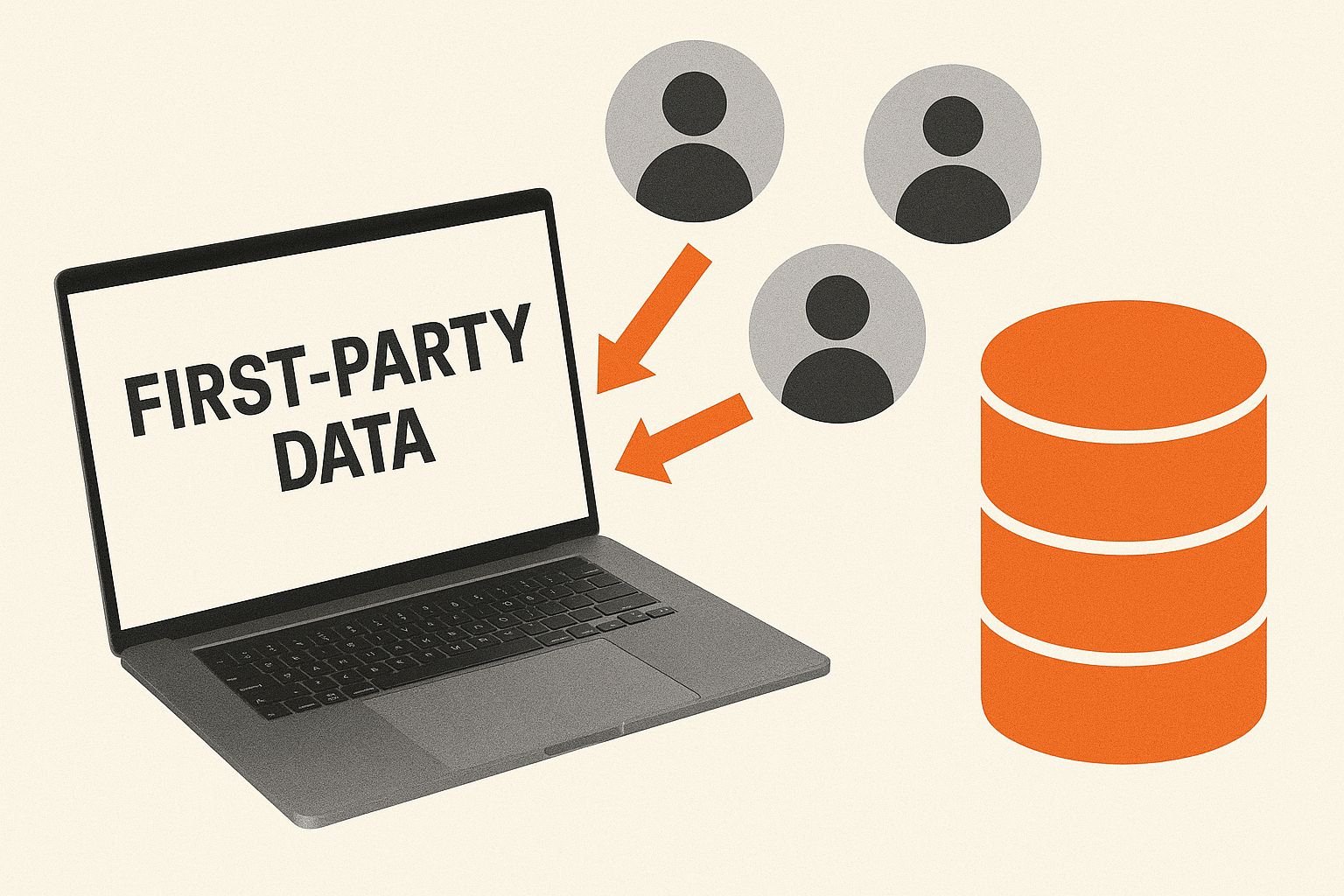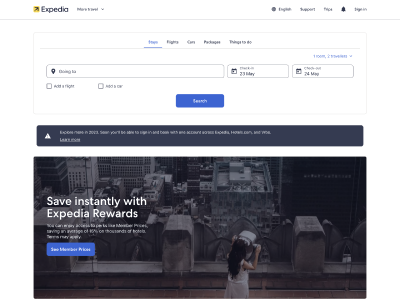Do you run advertisements through Google Ads? Then you need to be preparing NOW for third-party cookie deprecation. We’ll run you through our handy checklist for both measurement and driving performance in Google Ads after third-party cookie deprecation.
Want to dig further into cookie deprecation and data privacy? Download our free whitepaper on Cookies & Data Privacy for Marketers.
How can advertisers still drive performance after third-party cookie deprecation?
Even with the right infrastructure in place, there are still gaps that will need to be fine-tuned and filled as we enter the new way of marketing after 3PCD (third-party cookie deprecation). You need to start preparing today by leaning into the predictive capabilities of Google’s AI solutions combined with your own first-party data.
Start relying on first-party data
Today, you’re used to 1:1 precision targeting in Google Ads. In 2024 and beyond, this will change to relying on first-party data. You can still target your most loyal customers across web and app ecosystems by uploading your first-party audience lists to Google Ads. This will help to maintain that direct relationship with your customers given that we are no longer able to be as direct now in the way that we can market.
Remarketing with “Protected Audience” in Google Ads
Protected Audience in Google Ads is Google’s answer to remarketing. Remarketing will look a little different after third-party cookie deprecation in Google Ads.
Let’s say you run a flight booking service. Your website or app will instruct the browser to add users to interest groups such as ‘travel’. The interest group membership is stored by the user’s local browser/device (keeping it private). When that user visits a website or app with available ‘travel-topic’ ad inventory, the browser will host an on-device auction to select a relevant ad.
This is what remarketing of the future looks like in Google Ads. Want to learn more about Topics and how they work? Read our guide on Google’s Topics API.
Use Google Ads AI-powered components
To prepare for third-party cookie deprecation, you should continue to or start using Google Ads’ AI-powered components. These include:
- Optimized Targeting: Auto-targeting expanded beyond preset criteria
- Autobidding: AI bid optimisation shifts bids dynamically to achieve impact
- Creative Optimization and RSA (Responsive Display Ads): AI serves the creative that will yield the best results for that customer
We expect these models to continue to improve with greater traffic volume and campaign duration. If you’re currently using these features, keep using them. If not, start now.
What about measurement in Google Ads after third-party cookie deprecation?
With Google Ads deprecation of the third-party cookie, we need to move from a precision mindset to a prediction mindset.
From deterministic measurement to predictive measurement
Third-party cookies allow for granular conversion tracking and reach reporting data and insights. In future, you’ll see less granular reporting in Google Ads. Instead, automation will forecast user behaviour and inform data-driven decision-making as deterministic data is no longer widely available.
From AdTech platform processing to on-device processing
Google is also moving away from AdTech platform processing to on-device processing. Right now, you’re used to immediate knowledge with click and conversion event data collected by third-party advertising platforms’ servers and reported back as events occur. This enables super specific and immediate data. Instead, this data will be retained locally on the user’s device and only reported back to the advertiser after the conversion occurs. This will mean a reduction in such specific and immediate feedback.
How can advertisers still measure accurate performance in Google Ads after third-party cookie deprecation?
There are a number of best practices for measurement that advertisers need to follow moving forward.
First, opt into conversion modelling. This will be the backbone of a lot of what Google does with measurement in Google Ads ahead and beyond 3PCD.
Second, use Enhanced Conversion in Google Ads. Enhanced Conversions work when a user completes a conversion on your website. You may receive first-party customer data such as an email address, name, home address, and/or phone number. This data can be captured in your conversion tracking tags, hashed, sent to Google in its hashed form, and then used to enhance your conversion measurement.
Third, ensure your tagging is best practice. If you’re using a legacy tag, it’s time to move on to One Google Tag, similarly only use ad tags that are attribution reporting API ready. And of course, prioritise and label floodlight tags.
Lastly, embrace trying out new measurement tech in Google Ads when it becomes available. Having a test and learn mentality in place will not only set you up for third-party cookie deprecation, it will help your advertising and measurement efforts into the future.
How to prepare for third-party cookie deprecation in Google Ads: 12-step checklist
1: Upload your first-party audience lists in Google Ads
2: Start using “Protected Audience” in Google Ads for remarketing
3: Use Google Ads’ AI-powered components:
4: Optimized Targeting
5: Autobidding
6: Creative Optimization and RSA (Responsive Display Ads)
7: Opt into Conversion Modelling in Google Ads
8: Use Google Ads’ Enhanced Conversion
9: Use One Google Tag
10: Only use ad tags that are attribution reporting API ready
11: Prioritise and label floodlight tags
12: Embrace a test and learn mentality
When is Google deprecating cookies?
Google has already started to roll out changes to deprecate cookies to one per cent of Chrome browsers. Shortly, in the second half of 2024, Google plans to deprecate third-party cookies in Chrome completely.
Need help implementing these best practices prior to third-party cookie deprecation? Talk to an expert today.















